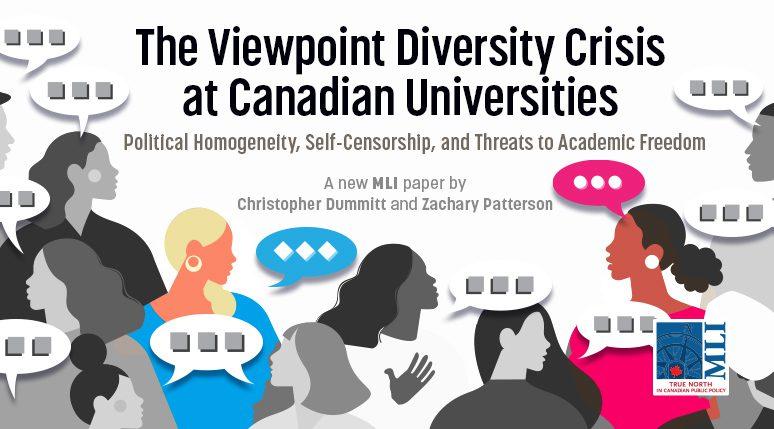Embracing Diverse Perspectives in Academia: A Path to Innovation
In today’s increasingly divided society, the conversation about viewpoint diversity in academic settings has become more prominent. An insightful piece from The Harvard Crimson explores the intricate connection between scientific inquiry and the need for a variety of perspectives to stimulate innovation and critical thinking. As discussions around interdisciplinary collaboration gain momentum, this article investigates how Harvard University—renowned as a premier research institution—addresses both the challenges and opportunities presented by a diverse array of opinions within its scientific community. Featuring insights from esteemed faculty members and researchers, this analysis underscores the potential advantages of inclusivity in science and its broader implications for academia.
The Value of Diverse Perspectives in Scientific Dialogue
Diversity in viewpoints is not merely an optional aspect of scientific research; it is essential for driving progress and innovation. Cultivating an environment where differing opinions are encouraged allows scientists to question established norms and assumptions. This vibrant atmosphere can lead to discoveries that might otherwise go unexamined. Key reasons highlighting the importance of viewpoint diversity include:
- Boosted Creativity: Collaborations among researchers with varied backgrounds introduce unique methodologies and thought processes that can yield innovative solutions.
- Comprehensive Problem-Solving: A range of perspectives enables thorough analyses of complex issues, ensuring multiple angles are considered before reaching conclusions.
- Minimized Bias: Exposure to diverse opinions reduces confirmation bias, facilitating a more objective assessment of evidence.
Additively, viewpoint diversity enriches educational experiences within academic institutions by promoting critical thinking among students and scholars alike. When scientific discussions encompass various voices, they reflect real-world complexities while equipping future generations with holistic approaches to problem-solving. Recent research supports this notion by comparing teams that embraced diversity against those that did not:
| Type of Research Team | Innovation Index | Citation Impact Score | |||||
|---|---|---|---|---|---|---|---|
| Diverse Teams | 92 | 9.5 | |||||
| Homogeneous Teams | 65 | 6 .2 td > tr > tbody > table > This data illustrates that greater diversity correlates with enhanced innovation as well as increased impact on academic contributions, reinforcing the necessity for inclusivity within scientific communities. Moving forward, it is vital for institutions and researchers alike to prioritize cultivating a pluralistic environment where every voice is acknowledged in their quest for knowledge. Creating an Environment for Open Discussion Among ResearchersNurturing open dialogue among researchers is essential for fostering an atmosphere where diverse viewpoints can flourish. Such interactions not only enhance understanding but also improve the quality of scientific inquiry itself. To facilitate this process, institutions should consider implementing strategies such as:
|
